The 19.47° Mystery: Earth’s Hidden Energy Belt
From volcanoes to sacred sites, uncovering the planetary pulse behind ancient power points and modern anomalies.
Across the Earth, a curious geometric thread weaves through volcanoes, sacred sites, and natural anomalies — all aligned near the latitude of 19.47 degrees north and south. This band, often linked to the vertices of a tetrahedron inscribed within a rotating sphere, marks a powerful energetic resonance point in planetary dynamics. From the fire-breathing peaks of Mauna Loa and Kīlauea in Hawaii, to the ancient echoes of Teotihuacán in Mexico, to the mysterious seamounts of Tonga and the Okavango’s lush delta in Botswana — this invisible line pulses with intensity. Whether interpreted through sacred geometry, geophysics, or ancient lore, the 19.47° zone reveals a deeper harmony in Earth's structure — a planetary heartbeat mapped through vortex points. Join me on this journey across continents and oceans as we trace this hidden frequency on Google Earth and explore what it might reveal about the design of our world.
Ancient builders knew it. Modern science hints at it. This is the planetary pulse hidden in plain sight.
This is just the beginning of what Earth’s hidden blueprint may reveal. Stay curious, and stay aligned.
Earth functions like a vast resonance chamber, and at the heart of this resonance lies one of its most abundant elements: silicon. Studies show that silicon, especially when bonded with oxygen, forms one of the strongest and most stable molecular structures found in nature. This is why silicon plays such a central role in the formation of Earth’s crust. Most crustal rocks are silicates — minerals built around the silicon-oxygen (SiO₄) tetrahedron, where one silicon atom is bonded to four oxygen atoms. The stability of the Si–O bond explains why silicates dominate the Earth’s surface. Different types of silicates are classified based on how many oxygen atoms are shared at the vertices of each tetrahedron. When all four oxygen atoms are shared, the structure forms pure SiO₂ — known as quartz — a crystal deeply associated with resonance, frequency, and the storage of energy.
Quartz is held together by strong covalent bonds at the corners (vertices) of its SiO₄ tetrahedra. However, under water-saturated conditions, quartz can gradually dissolve. This process begins when water molecules interact with the surface oxygen atoms of the SiO₄ structure. A hydrogen atom from the water breaks the Si–O–Si bond at the tetrahedron’s vertex. As this reaction continues across all four vertices, the entire structure breaks down (see figure below: a-c). The result is the release of a soluble form of silica known as H₄SiO₄ (orthosilicic acid) from the mineral's surface (d).

Many ancient standing stones were not randomly placed, but deliberately positioned with deep knowledge and purpose. Rich in quartz and silicon-based minerals—like granite, gneiss, and silcrete—these stones resonate with Earth’s natural energies. Their placement on key nodal points of the planetary grid suggests they functioned much like acupuncture needles, anchoring and directing energy through the Earth’s subtle body. This alignment with geomagnetic and telluric currents reveals a sophisticated understanding of Earth as a living system, harmonized through stone, frequency, metrology (measurement) and strategic locations of the planetary grid.
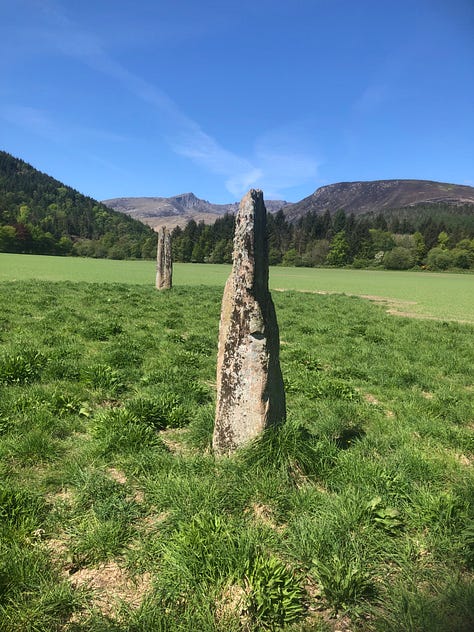
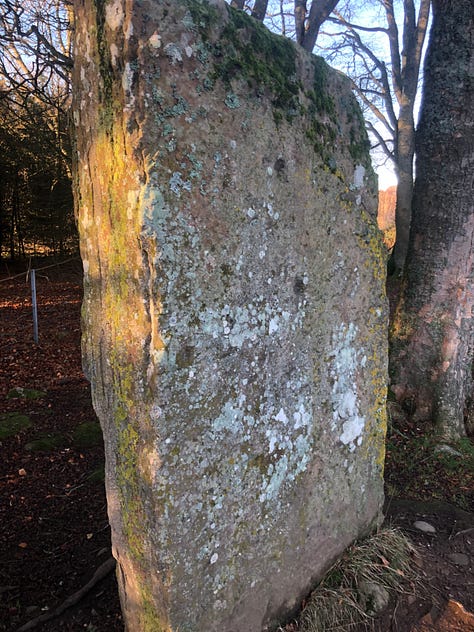
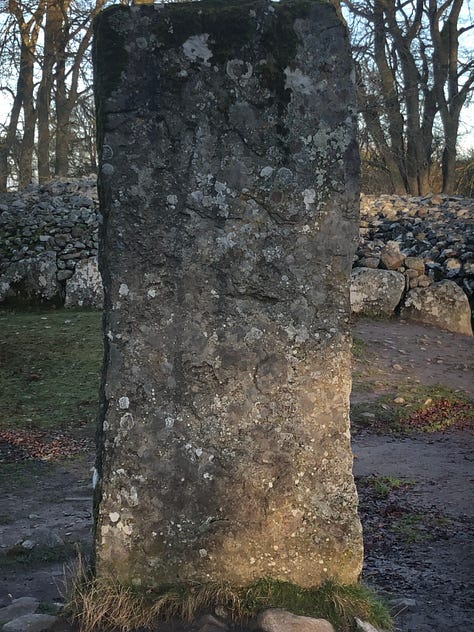
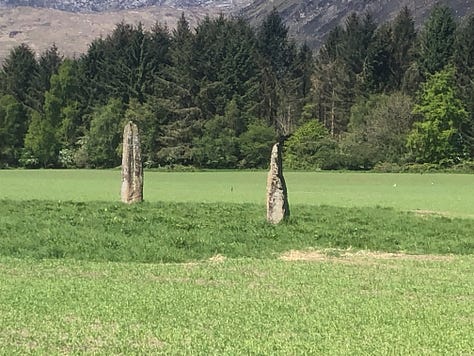
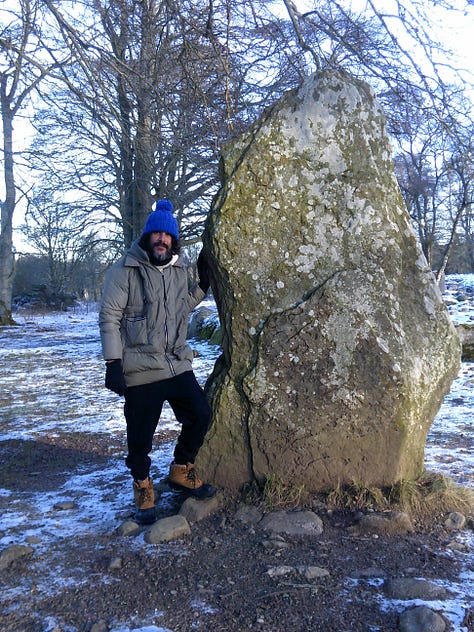
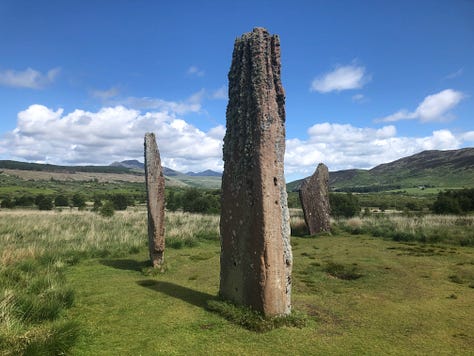
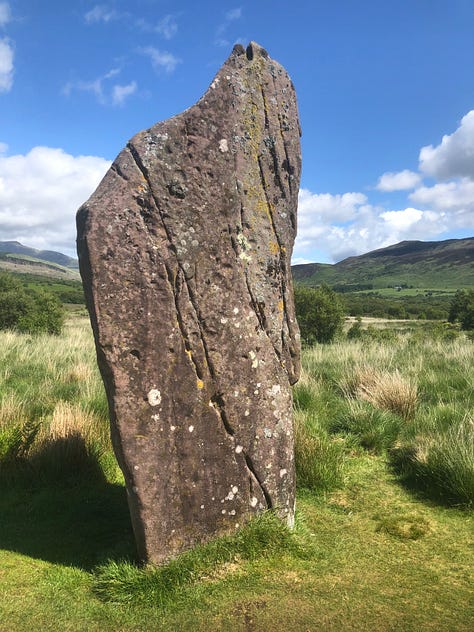
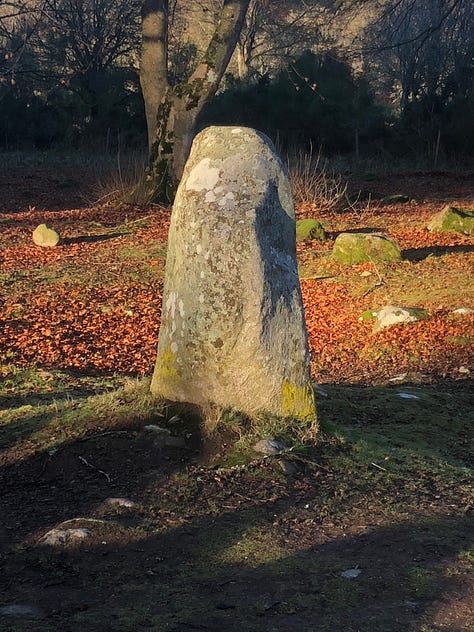

All of my work is freely shared from the heart, guided by a deep commitment to truth, insight, and inspiration. If you’ve found value in what I create and feel called to support this ongoing journey, consider becoming a paid subscriber. Your support helps sustain the time, energy, and dedication it takes to keep this work alive and thriving. Every contribution makes a difference. Thank you for walking this path with me.







